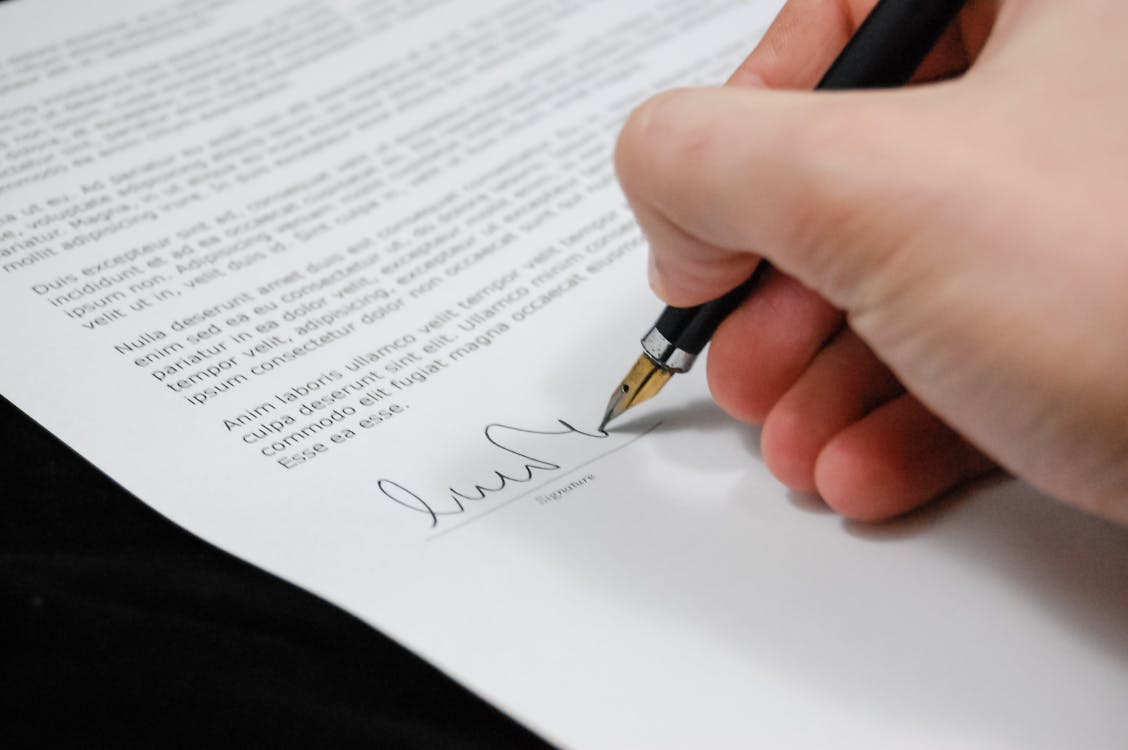Selling Your Real Estate Property? Here’s What To Do
Whether selling traditionally or in modern ways, you must follow the procedures to smoothly sell your real estate property and avoid problems. Although it is not difficult to sell a house, you need to become familiar with the procedures to easily get hold of various legal documents.

1. Sign A Contract of Agreement
The owner or broker will first go over the terms of the transaction, the commission, and the fees. Additionally, it's critical to review the paperwork to confirm that the land title is clear of liens, encumbrances, and loans and is in excellent functioning order.
2. Issue an Authority to Sell
The purpose of the agreement or contract is to require the broker to act as the owner's agent by providing the details and commission payment for the sale of the property. The agreement will also specify whether the owner will provide the broker with non-exclusive or exclusive rights to the sale of the property.
The broker will get the necessary paperwork to confirm no concerns with the property before selling it. The broker will also check to determine whether there are any liens on the property. When someone has a stake in, a claim on, or a legal obligation over a piece of property that prevents the title from being transferred or lowers its value, it is said to be encumbered.

3. Assessment of property by the broker
To determine the property's current market value, the broker will assess it. The property's area and location will be considered, among other factors, when establishing the asset's value.
4. The broker will market and sell the property
The owner must consent to the property's marketing strategy before a broker can sell it. Additionally, there are some restrictions to consider, such as privacy when taking pictures or not posting the location online. Both sides must also agree upon the division of marketing costs like communication and travel. Today, it is common for the broker to cover the costs associated with the commission amount.
5. Viewing of the Property

After making initial contact with either the broker or the owner, the buyer will make arrangements to view the home. The property owner is responsible for ensuring it is in presentable condition to boost the property's worth.
6. Write a Letter of Intent or Offer to Buy
Additionally, the buyer will provide the property owner with a Letter of Intent expressing their interest in acquiring the property. Typically, the Letter of Intent is provided at the beginning of the documentation process for a real estate sale.
7. Acceptance of Owner
The owner accepts the Letter of Intent once it has been signed. This indicates that the terms of the buyer have been accepted. If the offer is accepted, the seller must agree not to sell the property to other purchasers as long as the buyer complies with the letter's provisions.
8. Provide Earnest Money
The earnest money is used to hold the property for the buyer while he conducts his due diligence. When a buyer fails to make payment, the deposit may be forfeited. The funds may also be used as a reimbursable loan, subject to specific limits outlined in the agreement between the parties.
9. Preparation of Legal Documents

The legal documents must be secured to transfer ownership to the buyer.
These documents must be obtained from the Register of Deeds:
• Certified True Copy of Transfer Certificate of Title ( Land )
• Certified True Copy of Condominium Certificate of Title ( Unit )
• Certified True Copy of Condominium ( Parking – if applicable )
The owner or broker must procure these documents from the Assessor's Office:
• Certified True Copy of Tax Declaration ( Land )
• Certified True Copy of Tax Declaration ( Improvement / Building )
• Certified True Copy of Tax Declaration ( Condominium )
• Certified True Copy of Tax Declaration ( Condominium parking, if applicable )
• Real Estate Tax Clearance for Current Year
• Certificate of Non-Improvement if the property is bare and without structures such as a house or a building
The Property Owner should also secure the following documents.
• Certificate Authorizing Registration from the Bureau of Internal Revenue (BIR)
• Original Real Estate Tax Receipts – Current Year
• Lot Plan / Subdivision Plan
A Deed of Absolute Sale will be prepared and signed. The seller gives the buyer ownership of the property. Both parties must sign the Deed of Absolute Sale for it to be deemed the absolute owner of the property. Both parties will pay expenditures, including capital gains tax, documentary stamps tax, registration fees, and transfer tax. The contract will be signed, and ownership will be legally transferred to the buyer once the purchase price and other charges have been paid in full. The Deed of Absolute Sale must be notarized to become a public document.
Original copies of the Transfer of Certificate, Condominium Certificate of Title, Tax Declaration, Tax Clearance for both land and development, Tax Clearance for condominium unit and parking will be handed over by the seller. The buyer must also acquire a new tax declaration, and the old owner's full responsibility will be canceled once the new tax declaration is released.




